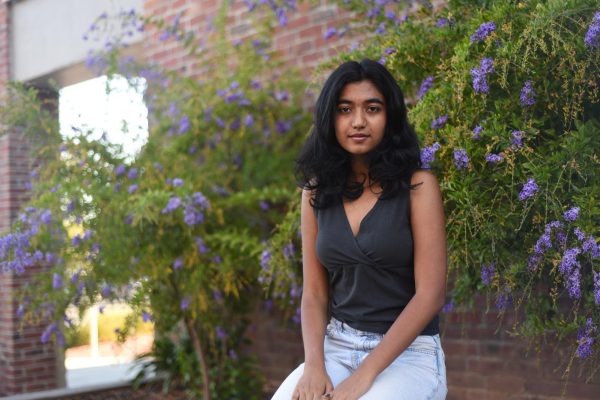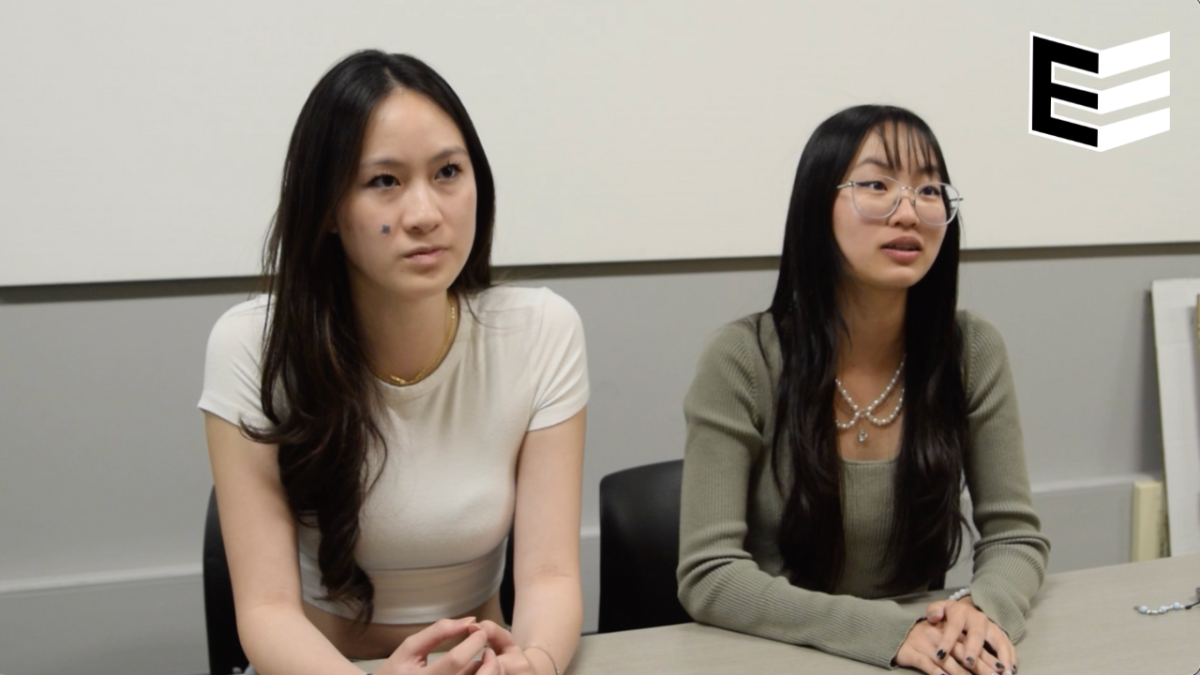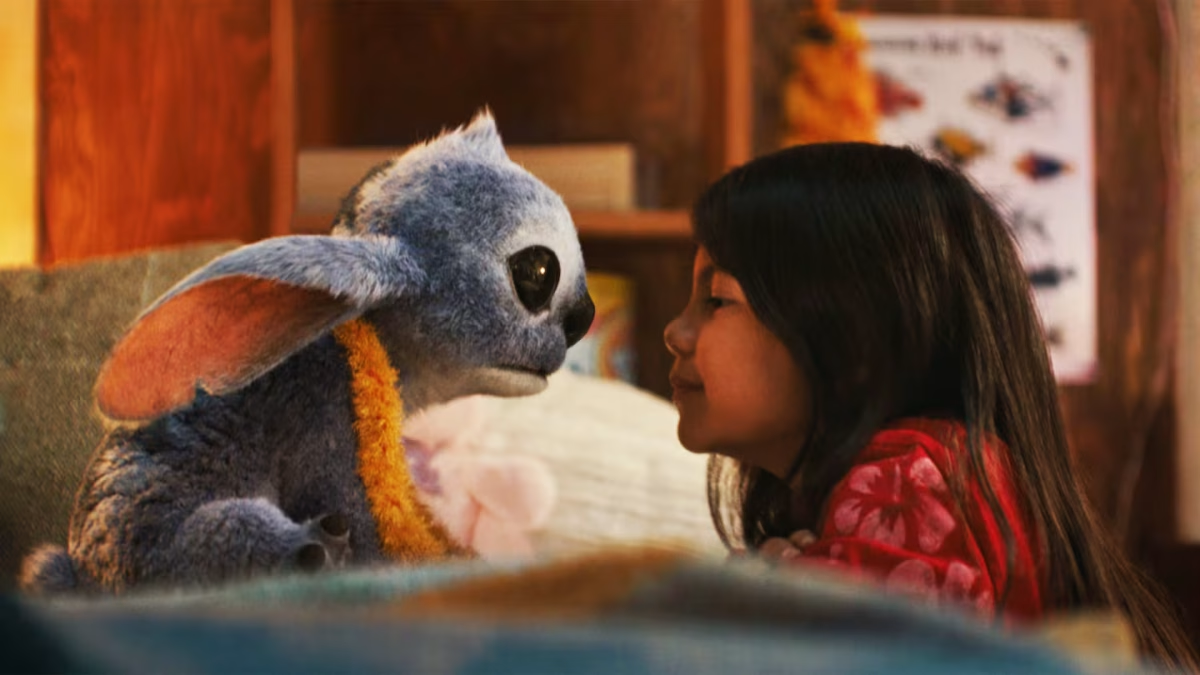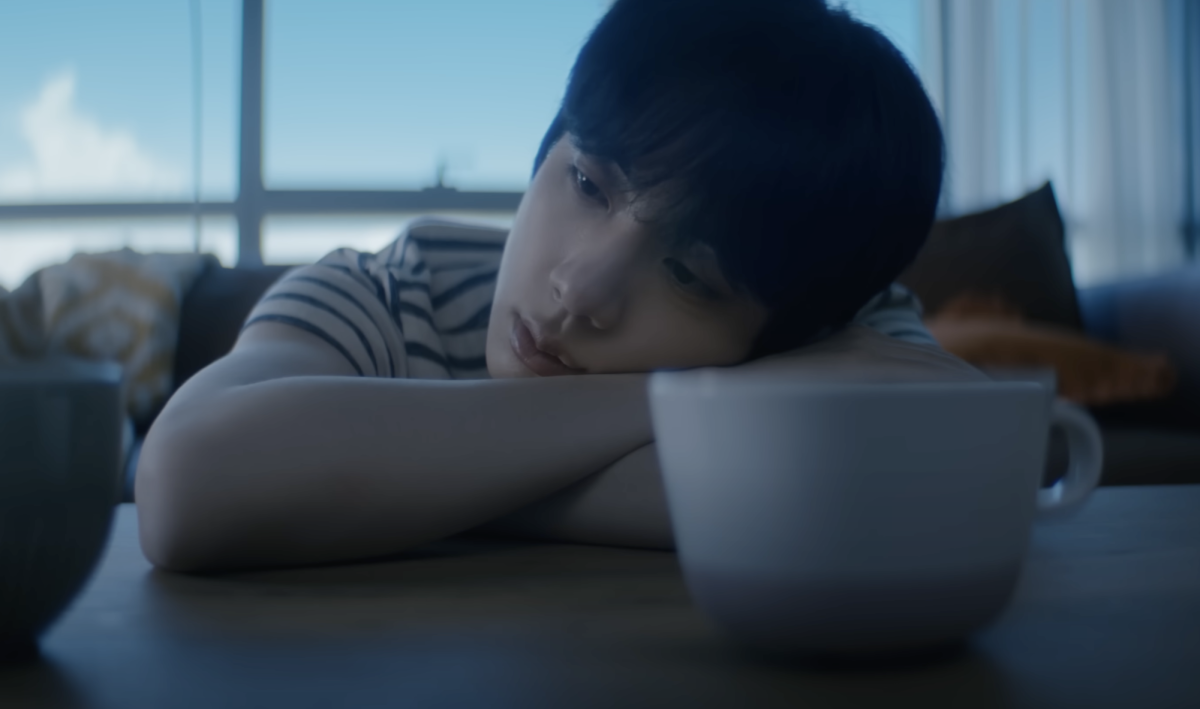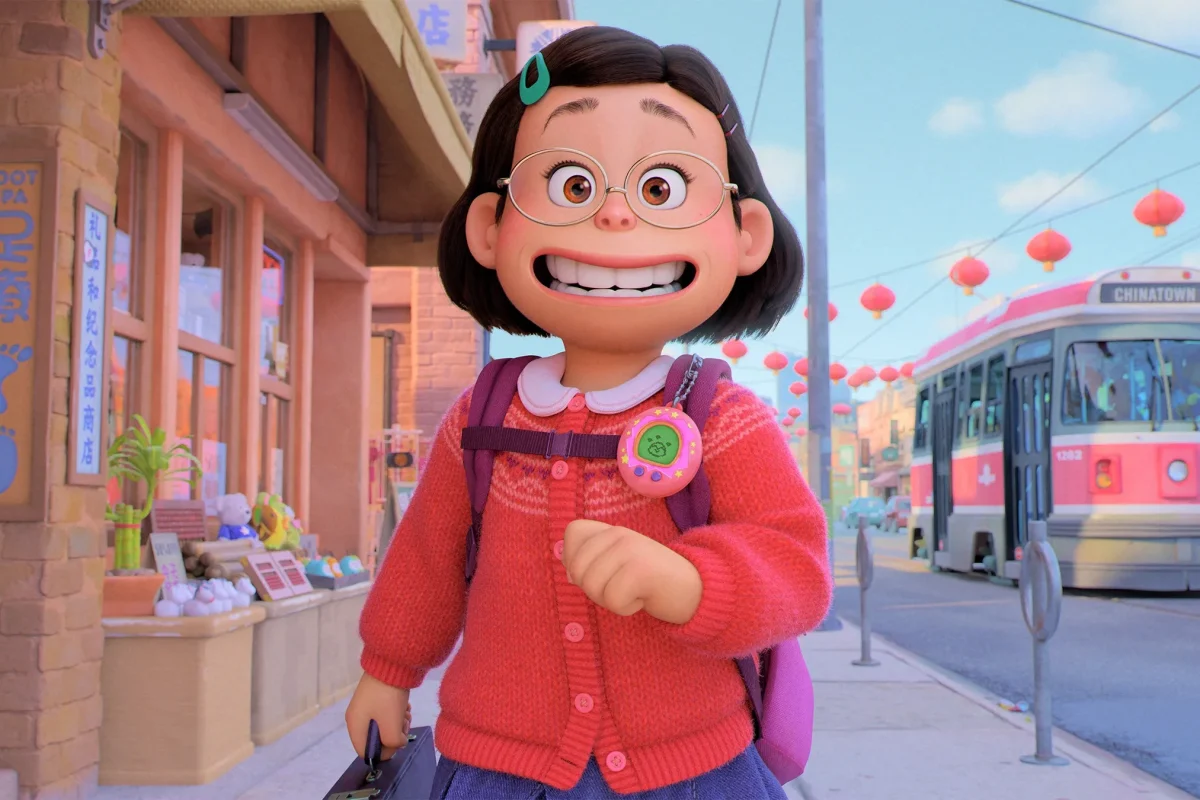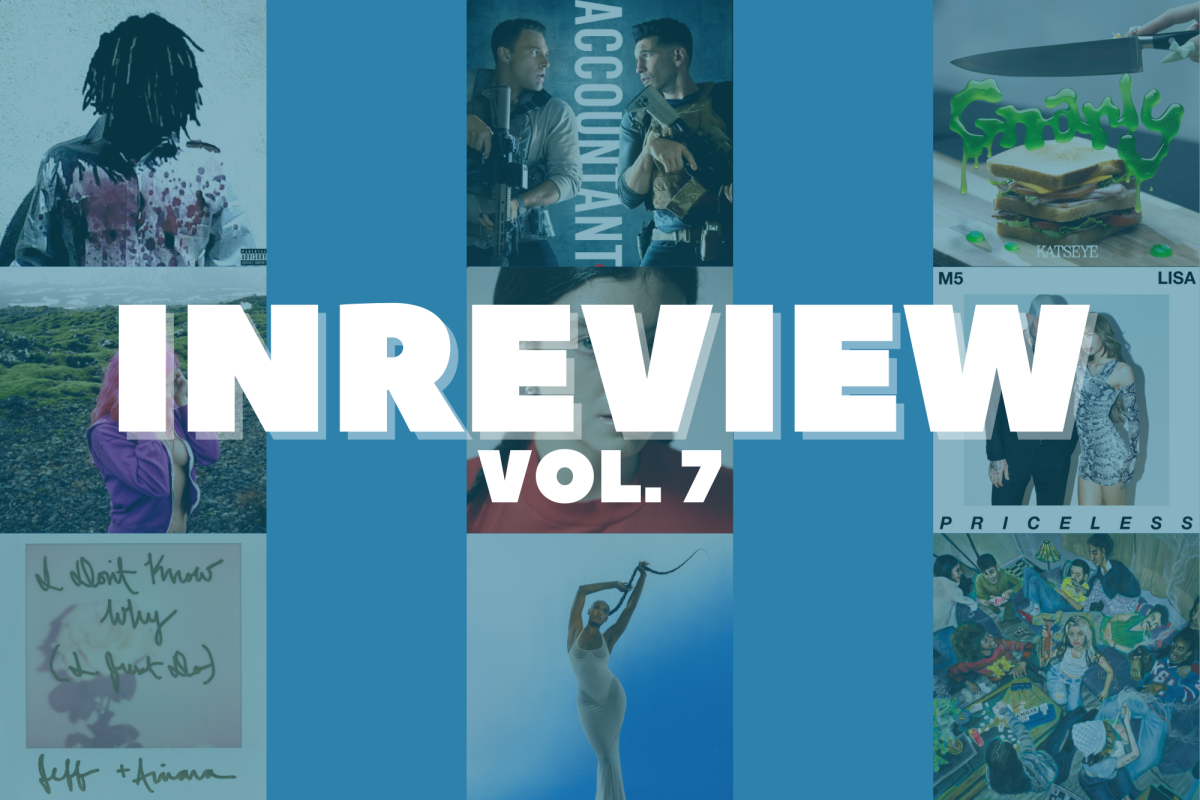In the fast-paced world of fashion, trends often come and go, influenced by social media platforms like TikTok and Instagram. Constantly revolving aesthetics, from “cottage-core” to “dark academia,” have created a culture where consumers feel pressured to fit in while brands scramble to forecast trends. This phenomenon is now known as microtrends — short-lived fashion trends that gain rapid popularity but fade just as quickly — reshaping the fashion industry and people’s consumption patterns.
Barbara Cancino, the founder and editor-in-chief of BRAVAA, a growing fashion magazine with over 100,000 followers on TikTok, has spent the past year tracking these shifting trends. Cancino says she has noticed how current trend cycles are moving faster than ever before, mimicking the rapid nature of TikTok’s short-form content. As a result, with new styles emerging constantly, trends feel outdated just as quickly.
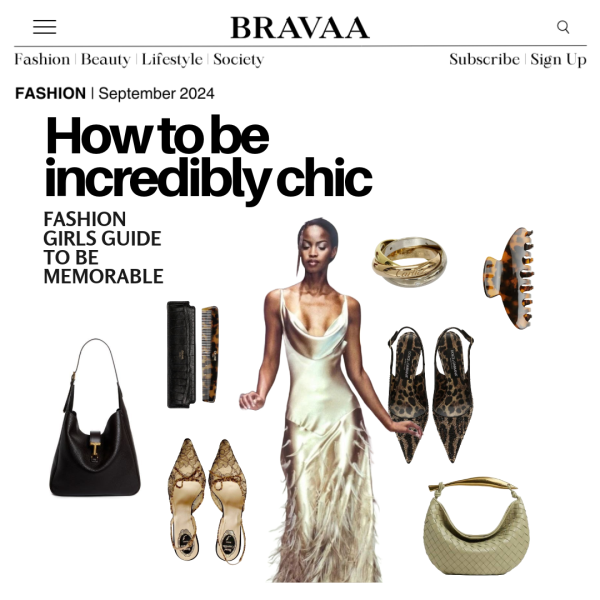
“They’re seeing them constantly, so that naturally makes people sort of get tired of these trends and start looking for other things,” Cancino said. “That’s where you get microtrends, trends that rise super, super fast. All of a sudden it’s not trendy to have the product anymore, because people basically just exhausted it because of social media and seeing it everywhere.”
According to Economics teacher Pete Pelkey, people feel strongly toward these trends because it is human nature, as people are herd creatures and want to fit in. Pelkey explains that microtrends create a clique mentality, where as soon as the trend becomes mainstream to the outsiders, the original group moves on, which keeps the cycle going. Social media tends to push these products by curating aesthetics that depend on specific products to feel included, making them more appealing to niche audiences, and effectively pressuring buyers.
“Whoever is watching the social media influencers promote items, their fans, they get the products, then everybody has to have it within that small group,” Pelkey said. “Generally, marketing targets a much broader audience, but now we’re niche marketing because this one influencer goes, ‘Oh, I love these, and because I have it you have to too,’ and demand goes up.”
This cycle reflects niche marketing since influencers don’t promote products to a broad audience but rather to a specific and engaged audience that shares similar aesthetics and tastes. Niche marketing tends to focus on a well-defined and already established consumer base, making it easier to personalize marketing strategies that resonate with their target audience. This targeted approach fosters a stronger sense of exclusivity — followers see an influencer using a product and feel pressured to buy it to maintain a connection to the community. Brands benefit from highly engaged consumers who are more likely to buy products based on influencer recommendations.
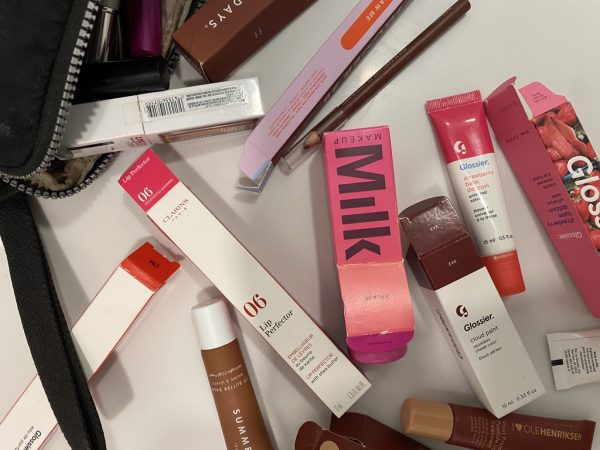
Cancino points out that there are two main problems when it comes to microtrends — the first is overconsumption and the rise of fast fashion. Cancino noticed that especially during COVID-19, different fast fashion brands made it easier for people to buy into microtrends because they didn’t have to spend as much money on items. She says that once products weren’t trendy, people would throw them away, creating a lot of waste since people would only buy them because they were popular and not because they fit their own personal style.
With many fast fashion brands, these products are designed to only last as long as the microtrend lasts, ending up in landfills after being worn a couple of times. They are usually made from materials that aren’t sustainable, like polyester, nylon and lycra, which are harder to decompose and continue to pollute our water and land. This cycle of consumption doesn’t just affect the environment, however, but also how individuals express themselves through fashion.
“Secondly, another negative I see is that people do sometimes lose their own personal style when following microtrends because they’re trying so hard to appeal to what public opinion is and what is trending in social media and in real life,” Cancino said. “So what happens is that they’re just following microtrends but not really understanding whether that’s something that’s part of their personal style and individual self-expression in fashion. Rather, they’re just little machines just following everything that’s popular.”
Senior Aruna Venkateswaran feels this pressure of seeing so many trends she likes at once on her social media. She doesn’t immediately buy any items, but rather she slowly accumulates a list. Venkateswaran is aware of the struggles of impulse buying but makes an effort to resist falling into immediate trends, especially when it comes to makeup products.
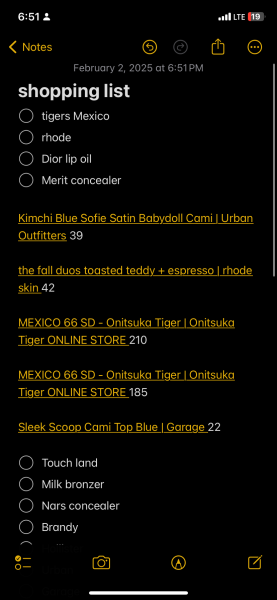
“I’m trying not to buy a lot of makeup because makeup is such a waste of money,” Venkateswaran said. “You could buy one product and it’ll probably last you a really long time, but then I just see more things, the exact same thing, and I want to buy it. So this year, I’m trying to do the pan project. It’s where you use your makeup until you hit the pan, so you don’t buy any more makeup until you use everything.”
Cancino believes that people need to be more intentional about their purchases and spend wisely. She advises people to assess their closets and focus on items they genuinely want, regularly use or feel are missing when getting ready. Cancino says that once people start curating items with this mindset, they’re more likely to focus on quality over quantity.
Venkateswaran agrees and has started seeking out products on her own, ones that she knew she needed. She tries to do better research when finding specific products. She also found that using TikTok to research products was useful since many people who aren’t influencers share reviews instead of pushing microtrends, offering unbiased and authentic opinions.
“I buy things that I think I will use, even if it isn’t as popular anymore,” Venkateswaran said. “What I buy and the things that show up on my feed are expensive, but then you could use it for a while, and it’s better quality. It’s not quantity over quality. I usually buy quality over quantity.”
Cancino follows this approach on TikTok, recommending what she knows to be popular and sustainable items. While she doesn’t expect people to buy everything she recommends — she herself doesn’t buy all the items as they don’t fit her personal style — she recognizes that certain products would be a better fit for others. Because of this, she puts out such a wide range of options, not for everyone to collect, but so they can make a more calculated decision.
Cancino’s goal is to use her platform to recommend products based on thorough research into their sustainability and timelessness. By highlighting brands that prioritize longevity over brief trends, she hopes she can better guide her followers and provide them with the tools to make a better-informed decision. She also wants to help them spend their money wisely on items that will remain stylish over time.
“Just because I’m putting a lot of different shoe options on my page does not mean that you need to buy something from them,” Concino said. “My page is there to help them find products and help the search become easier. I do this because I love fashion and I love connecting with people who also love it as a way of self-expression. That’s my main goal and I’m just really grateful to have a platform where I can help people achieve that.”




